 Sitting on a couch feels good but sitting on a comfy leather couch has a better appeal then something made of cloth or linen. A leather wallet feels better in your pocket than plastic or velcro. And baseballs are more forgiving to catch at high speeds with a leather glove on your hand. Leather is used across multiple industries such as, automobiles, fashion, professional sports, and of course wallets! So, where does all the leather come from?
Sitting on a couch feels good but sitting on a comfy leather couch has a better appeal then something made of cloth or linen. A leather wallet feels better in your pocket than plastic or velcro. And baseballs are more forgiving to catch at high speeds with a leather glove on your hand. Leather is used across multiple industries such as, automobiles, fashion, professional sports, and of course wallets! So, where does all the leather come from?
Where does leather come from?
Leather has been a staple in the history of humanity, leather has been our source of warmth, comfort and style for centuries. The primitive human went out and hunted for wild animals to seek much more than nourishment. Resources came from what we had to work with at the time, that meant using every part of the animals caught. It was not a thing to shop the local Target for a blanket in 5000 B.C. So, we used animal hide to make tents for shelter, clothing for warmth and eventually shoes for our feet. Just like today, primitive humans did not sacrifice animals strictly for their hides but was used as a secondary product of animals being raised for meat, dairy & wool. Instead of throwing away the animal hide we have been resourceful since the beginning transitioning it to leather and then using it in every day life. Today we use similar processes as we did hundreds of years ago to make leather - how cool!
Modern Day Leather
Today most leather is processed in mass quantities in manufacturing warehouses. Cowhide is the most commonly used as cows are the meat we consume the most of as a civilization, hence the most bountiful. The manufacturing process is lengthy with the objective of creating a beautiful tanned leather.
The animals rawhide can be stored for long periods before arriving to the tannery to beginning the transition into leather. Full grain leather leather has uniform thickness, split into two layers. The top side is called grain leather and provides a smooth finish, the bottom side is rougher and commonly used for suede. But all leather has both a top and bottom layer. Eventually the leather is dyed to preferred color and hung to dry. When finished the leather is shipped out to a manufacturer, like trayvax, in big sheets or rolls. We then cut them to custom specifications to create amazing products for the world.

Where Does Trayvax Leather Come From?
Where does Trayvax get its leather you ask? We use premium grade Horween Leather manufactured in Chicago. Horween is a family company that has passed on its legacy with each generation since 1905. They provide the leather "for Wilson, as well as big manufacturers like Nike, Adidas and Spalding. A 1,000-ton press outfitted with German-made embossing plates gives the leather its distinctive pebbling, while a proprietary finishing process called “tanned in tack” imbues the leather with a stickiness that allows players to more easily grip the ball." That means the same leather used to make your trayvax wallet could have been the football used in the super bowl in a different life!
Making gear that lasts is one of Trayvax's founding pillars, which means we need to use material that will withstand the test of time.We are proud to use Horween Leather.
Summary:
-Leather uses date back to the primitive man
-Rawhide is the main component in genuine leather
-Trayvax leather comes from Horween Leather, a family owned Chicago business
References:
Wong, Wailin. “Chicago's Last Tannery.” Chicago’s Last Tannery Horween Leather Company, the Only Tannery Left in the City, Is Still Making Leather the Old-Fashioned Way., WAILIN WONG, thedistance.com/horween/.
Cheers,
Brian Zig - Trayvax Content Creator
Browse Trayvax Wallets


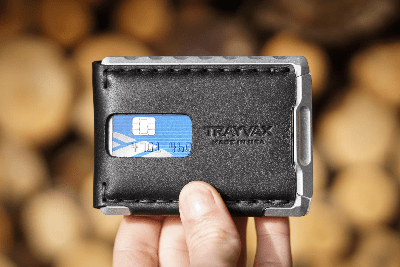
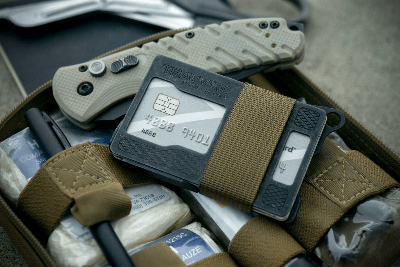
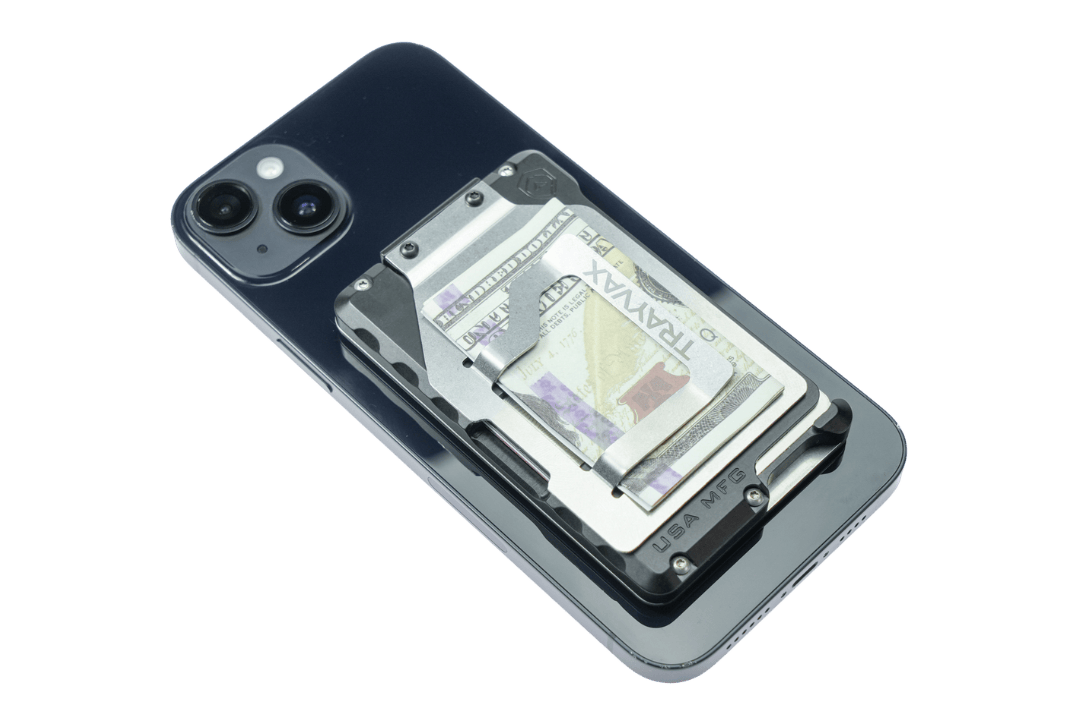



















































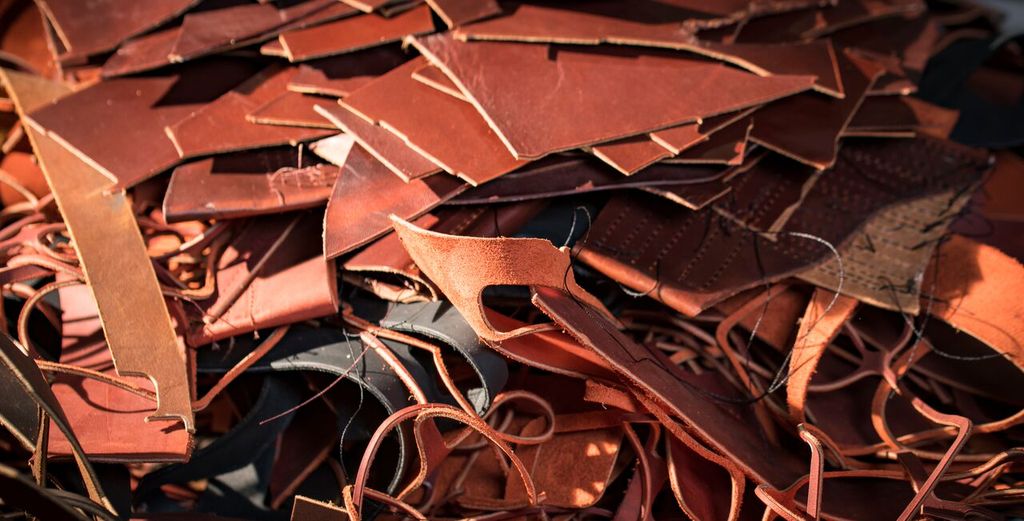
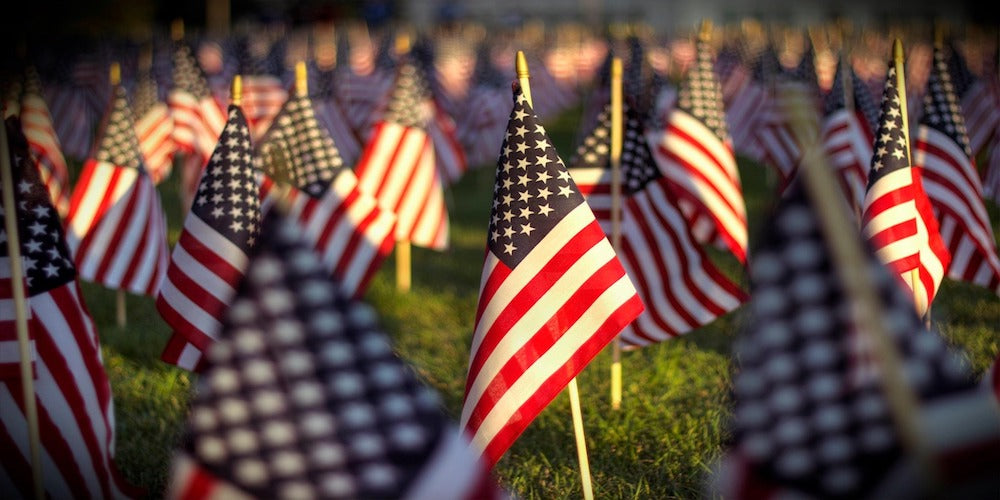
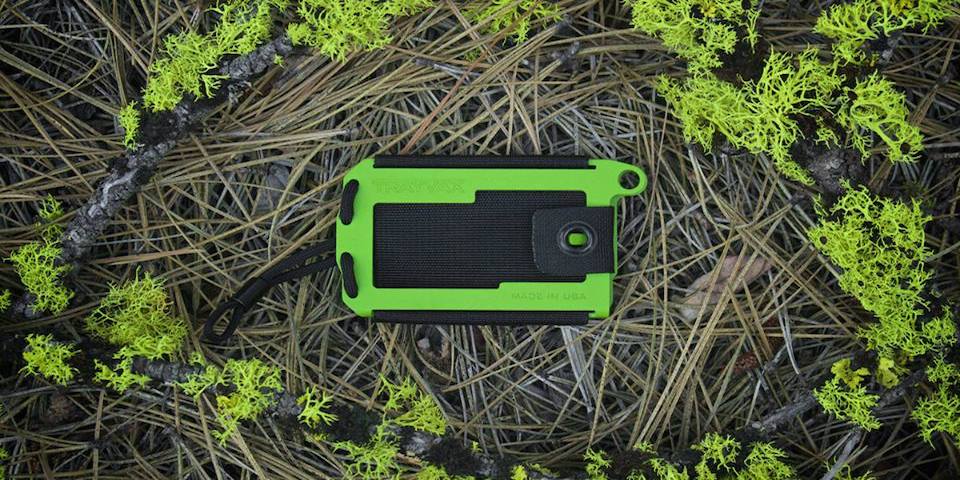
Leave a comment
All comments are moderated before being published.
This site is protected by hCaptcha and the hCaptcha Privacy Policy and Terms of Service apply.